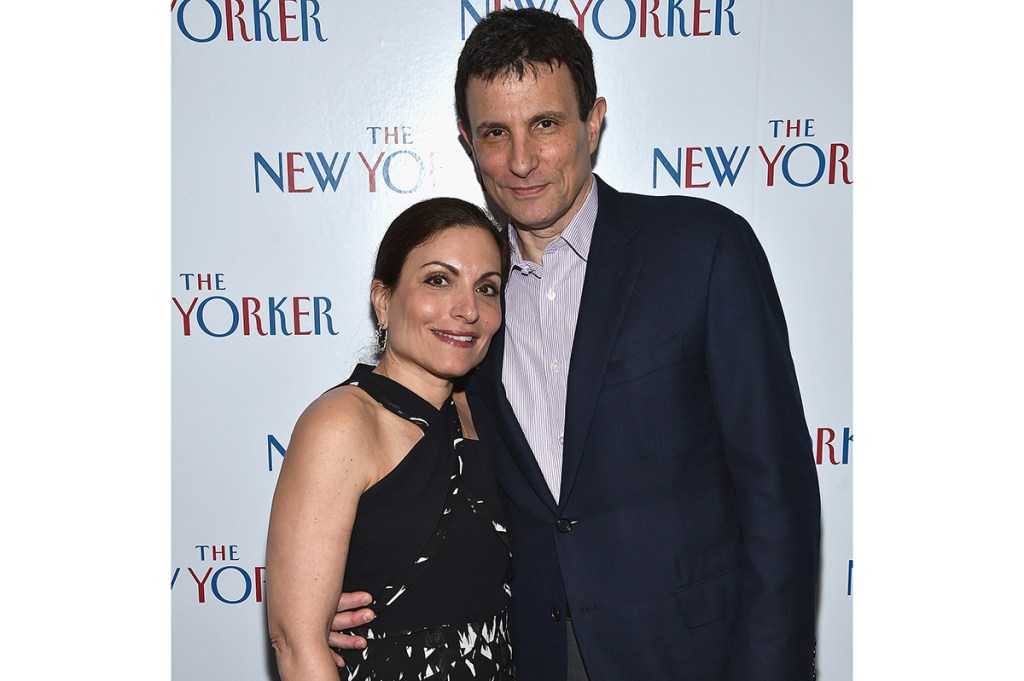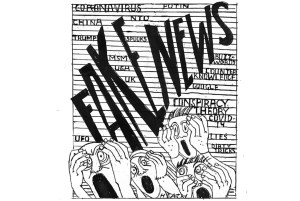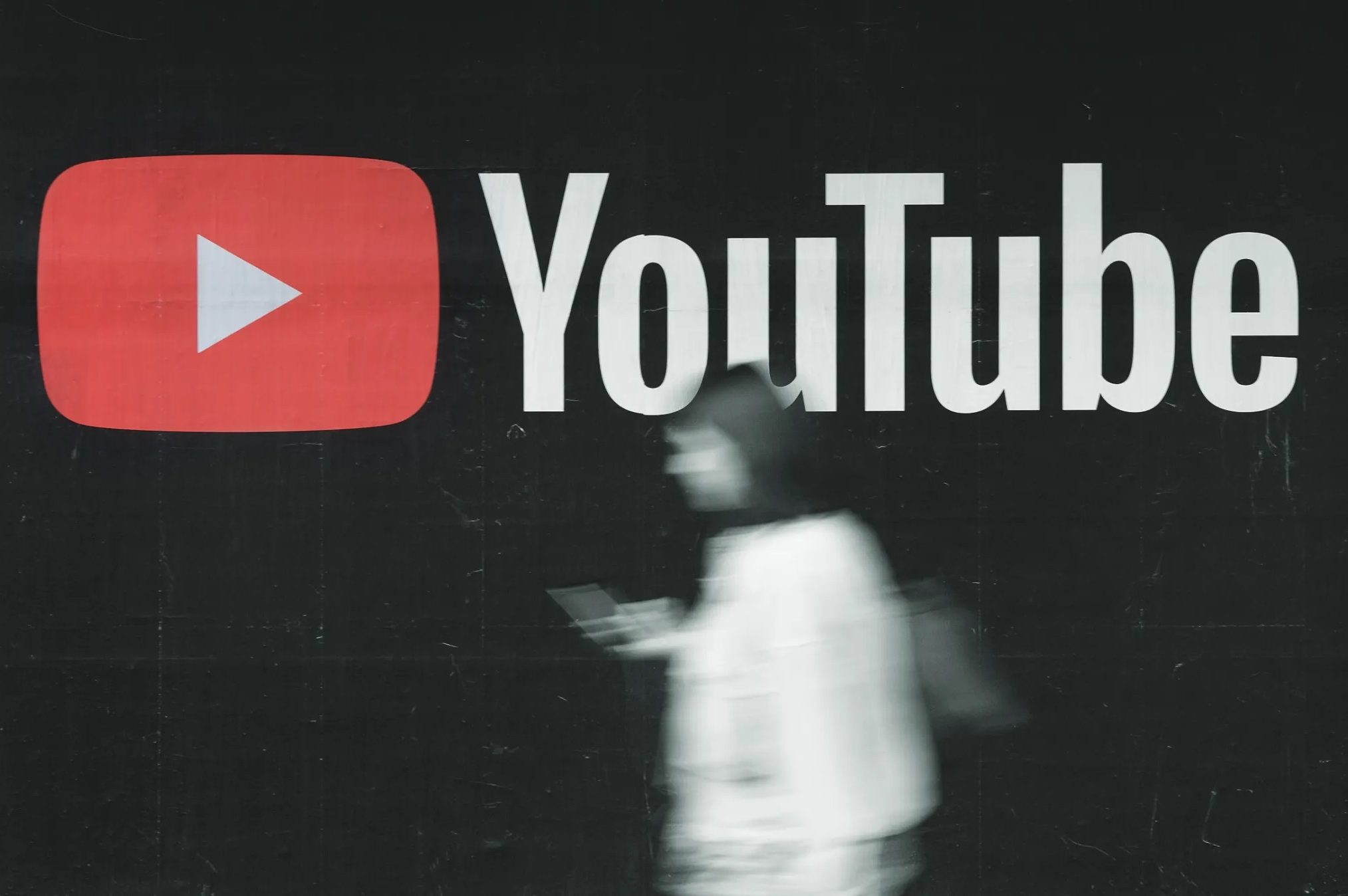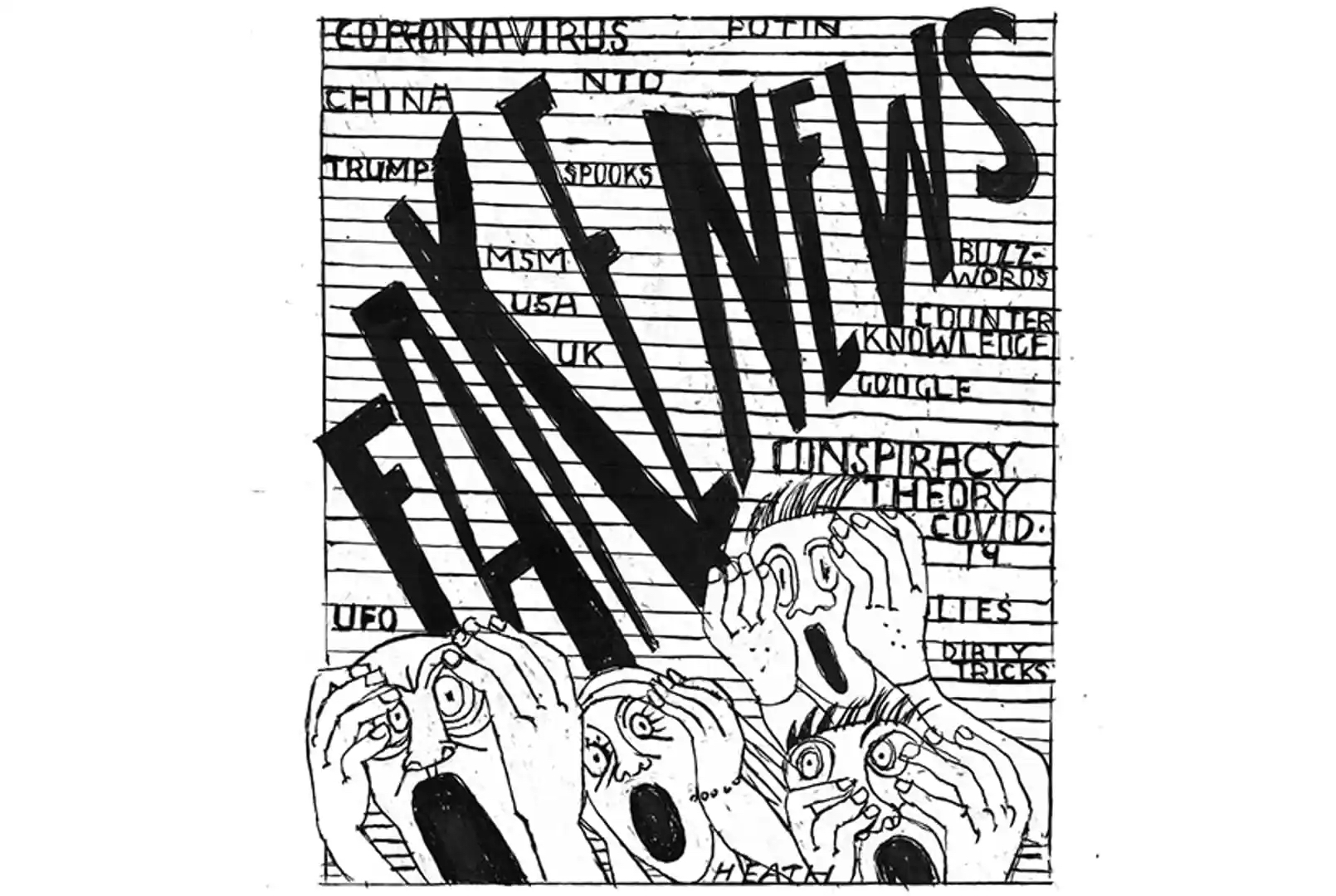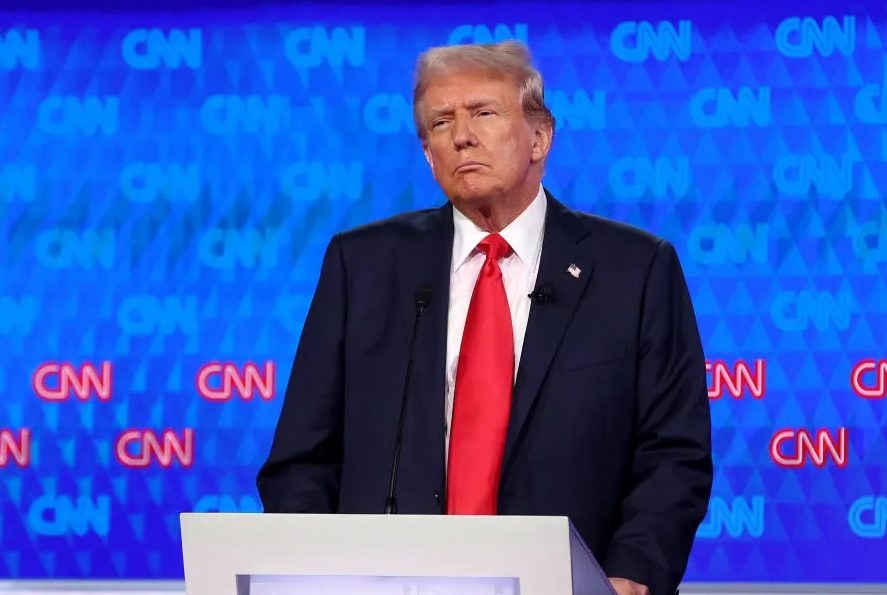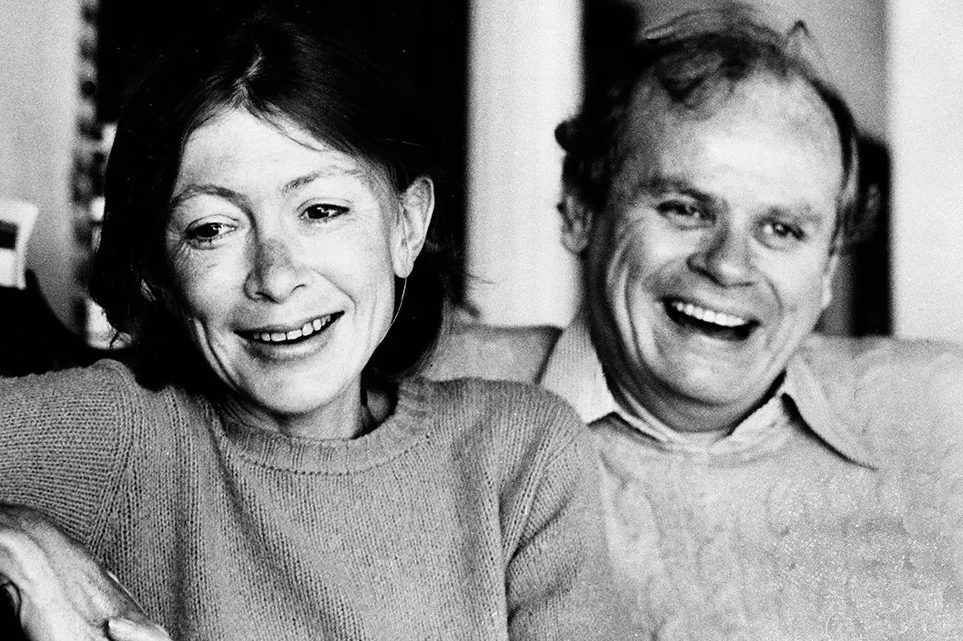The most recent issue of the New Yorker includes a 5,000-word feature on the police (summary: they are racist). In it, staff writer Jill Lepore drops this frightful fact to illustrate the barbarism of America’s uniformed enforcers:
‘One study suggests that two-thirds of Americans between the ages of 15 and 34 who were treated in emergency rooms suffered from injuries inflicted by police and security guards, about as many people as the number of pedestrians injured by motor vehicles.’
Cockburn started writing precisely to avoid ever doing math again, but even to him, this claim sounded like a howler. Two-thirds of all emergency room visits by American young adults were for police injuries? That would suggest police are causing twice as many ER visits as all other causes combined: car crashes, suicide attempts, drug overdoses, muggings, skiing mishaps, appendicitis, yacht sinkings, freak gardening accidents, et cetera. Perhaps the implication is that America’s wicked police prowl about, seeking out the afflicted and swooping in to rain blows upon them, to keep their truncheons fresh? Other explanations may be proposed; none is plausible.
A week after the article’s release, freelance writer Louise Perry defied today’s norms and did the thinkable: She saw the implausible fact, and checked it. And, naturally, it was false, the product of a rudimentary misreading of a doctoral student’s 2016 paper. Instead of causing 66 percent of ER visits among young people, police violence actually causes roughly 0.2 percent. Lepore’s claim was off by a factor of more than 300.
This sort of error may be routine for today’s shoddy press, but it wasn’t supposed to happen at the New Yorker. Being a subscriber since its very first edition in 1925, Cockburn can testify to the publication’s once-impeccable fact-checking (the subject of more than one boast by the magazine itself). You would expect better of the author, too: Lepore is a Harvard history professor, a Bancroft Prize winner and will soon publish her 14th book (more, perhaps, than all of Cockburn’s lives combined). America’s institutions are fouling like a sliced apple left too long in the sun, so conventional markers of achievement are increasingly meaningless. Still, most of us expect better of our nominal elites.
[special_offer]
What is happening? It’s hardly that the left doesn’t care for fact-checking. In an age of outsourcing, fact checks have become the most vibrant sector of American manufacturing. Public-facing ‘fact checkers’ hardly existed 15 years ago. Now, the AP, CNN, and USA Today all run dedicated operations. The Washington Post obsessively tracks every alleged lie and misstatement by the President (20,000 and counting!). Snopes has ascended from a niche urban legends website to a hallowed authority.
Yet as progressives put more and more stock in fact checking, they seem to care less and less about actual facts. What they want is ideological enforcement. For the summer of 2020, the narrative has been set: American police are murderous, racist, out-of-control villains. And so, America’s worst rioting in decades has been transmuted into ‘mostly peaceful protests’. When conservative outlets spotted the connection between Black Lives Matter and former domestic terrorist Susan Rosenberg, Snopes swooped in to quibble about how ‘complicated’ it is to call a serial bomber a ‘terrorist’. Fact checks aren’t determining what information is true or false. They are deciding what facts are approved.
As our ‘cognitive elites’ grow more strict in what they allow themselves to think, they become more credulous. That is why when Jill Lepore picked up an absurd fact on police violence, it cleared every editor and escaped the notice of every professional fact-checker. It wasn’t because it was true, or sounded true. It was something more important. It was something they wanted to be true.



